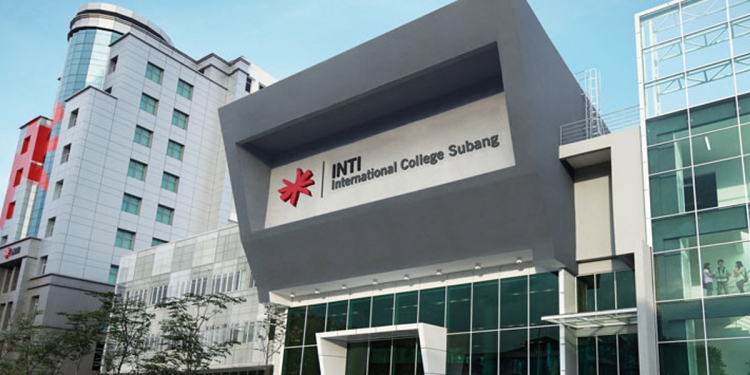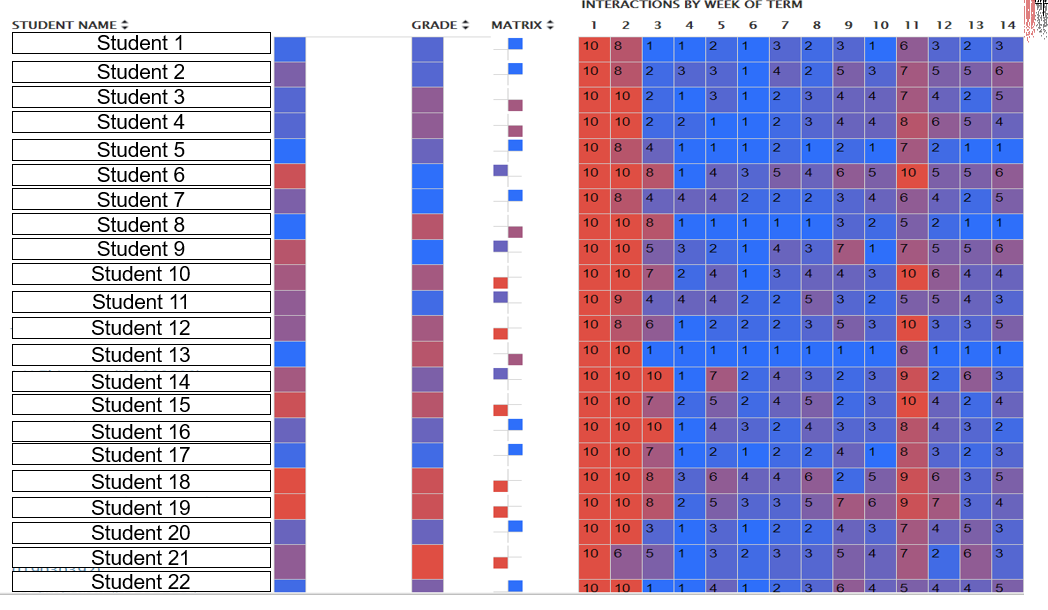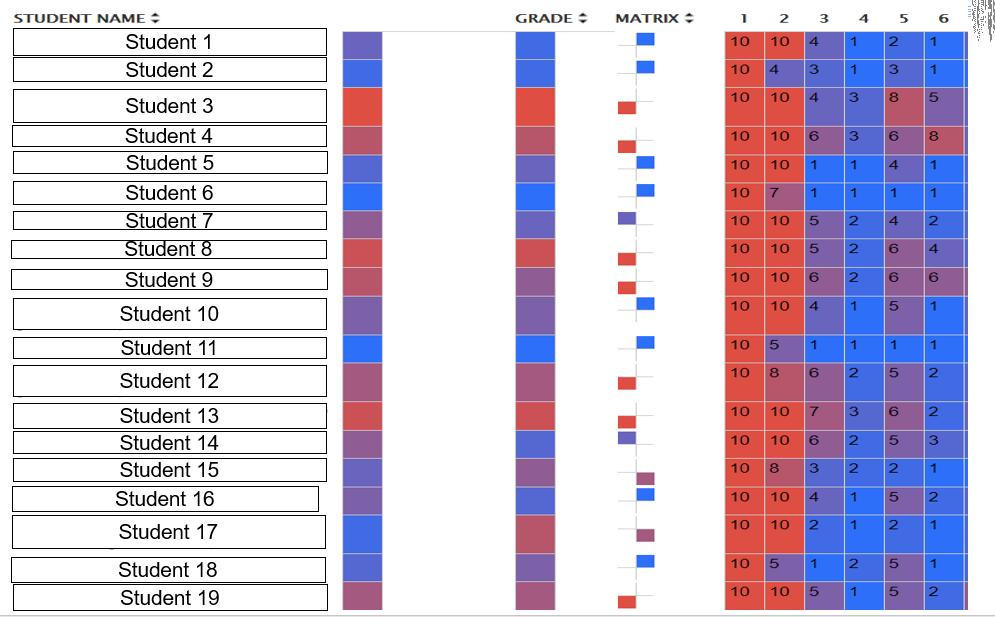This post is brought to you by INTI International University & Colleges.
As we move into the year 2020, a few things have become steadily apparent. Undoubtedly, Industrial Revolution 4.0 will have a huge impact on the economy, and plans are already being put in motion to prepare the future Malaysian workforce. A huge part of these preparations is, of course, education—and the evolution of teaching methodologies to best prepare Malaysian students for the workplace.
IR 4.0 will require a drastically different set of skills from future professionals, and it’s therefore imperative that educational institutions and educators tailor their approaches accordingly. Aligning with digitalisation impacting global businesses, the natural evolution is to both utilise and incorporate technology as part of education—which INTI International University & Colleges recently spoke to us about.
INTI takes a hybrid approach that combines the benefits of traditional classrooms and online learning, while cultivating a learning culture where students are comfortable with using technological tools. With lecturers playing a crucial role in the entire process, we reached out to educators from INTI to find out how education in the digital age impacts students, along with challenges and rewards they might face on a day-to-day basis.
Independent learners, interactive learning
According to Christina Rathy A/P Anthony Samy, Senior Lecturer at INTI Subang’s School of Business & Communication, their approach aims to prepare students for a “rapid digital transformation”. Tools like gamification and interactive learning play a key part in motivating students as part of a modern approach to education:
“What I did was to create independent learners through learning by play in one of the courses I taught in April 2019. This form of interactive learning engages students and piques their interest to learn better—even without us having to direct them to do so.”
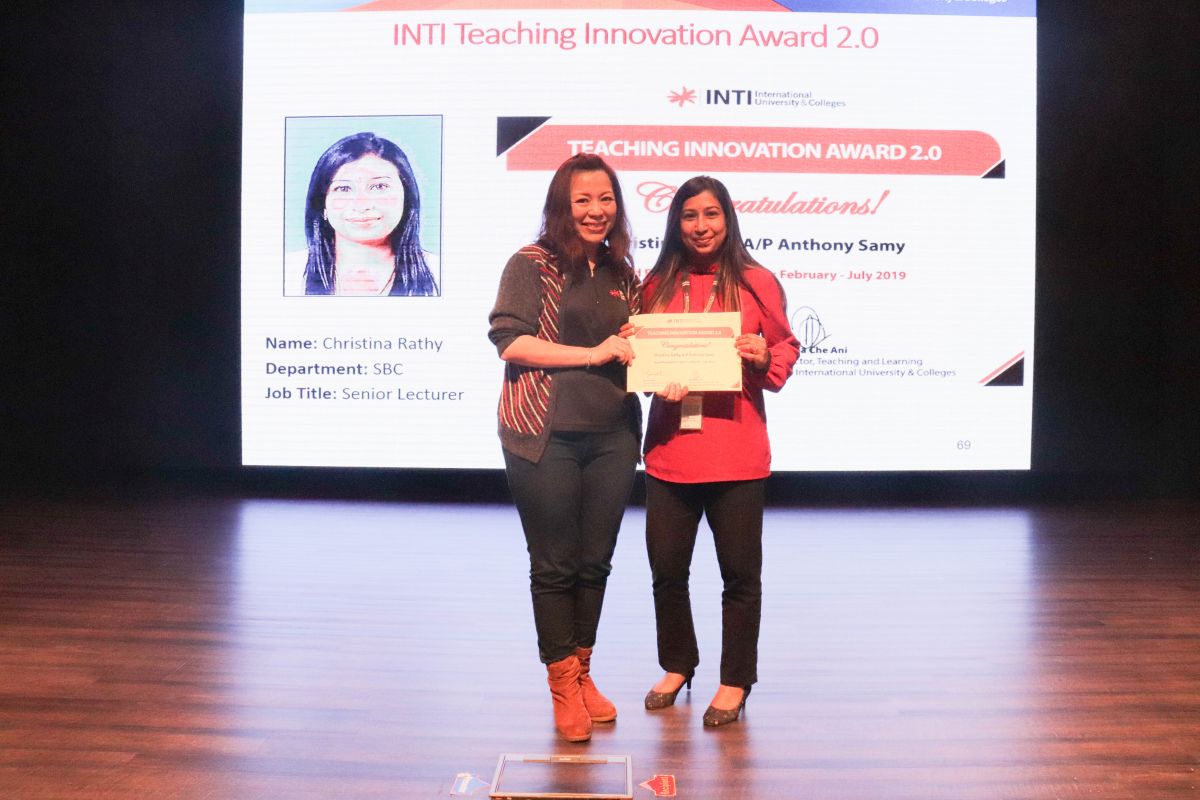
This departure from more traditional methods of education, according to Melissa Annette D’Cruz, lecturer at the INTI Center of Art & Design (ICAD), also offers students “a platform to explore and present their ideas”, while the implementation of technology changes the way lecturers plan their lessons. Melissa explains that classroom management is a different experience for students and lecturers alike:
“I find myself also finding new ways to plan and execute lessons that breaks away from the traditional delivery format.”

INTI’s blended learning approach, along with interactive learning and gamification tools, repurposes electronic devices from distractions into tools, as part of a culture that encourages tech-savviness. Technological tools such as wikis, simulations, games, social media, and collaborative tools are used to create “authentic” learning experiences, which develop learning skills that are essential for success, Christina says.
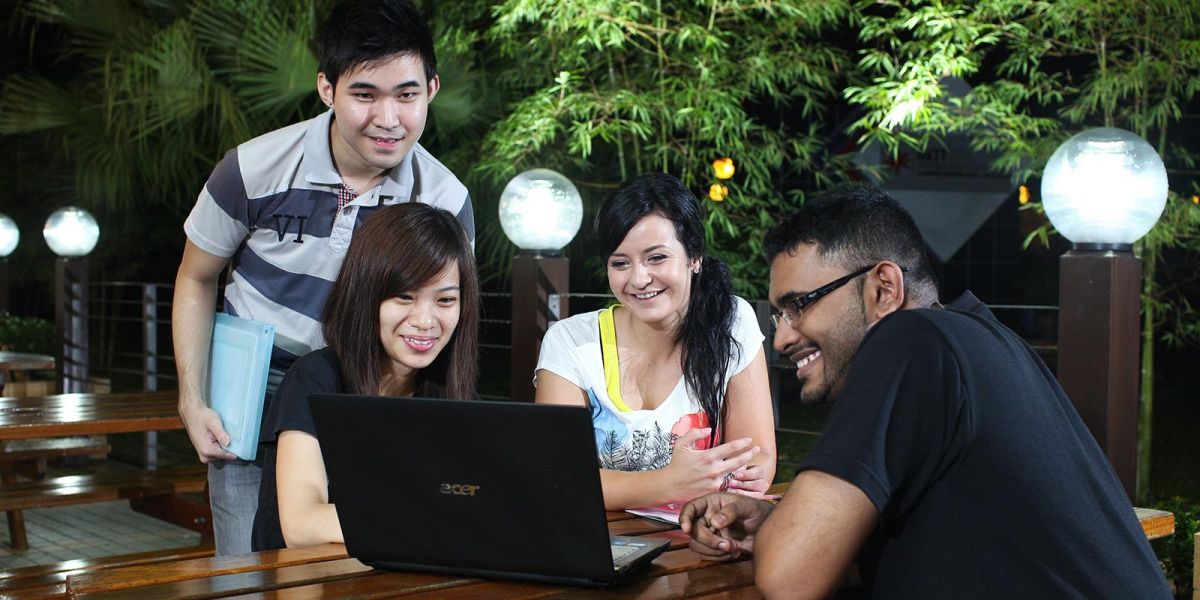
Even in industries such as F&B, the willingness to accept new technology is something that needs to be cultivated during the early years of a student’s learning experience, as Nur Adilah Binti Zulkiply, Chef Lecturer at INTI Penang’s School of Hospitality, explains:
“As an educator, I need to ensure that my students are ready and open to accept and apply any new technolog[ies] in [the] industry. To ensure that readiness, we need to make sure [that] students gain familiarity with technology usage even while still studying.”
How does technology help educators?
The team at INTI uses a variety of tools in their blended learning approach. An example of that is Blackboard, a Learning Management System (LMS) that functions as a portal or hub that students and lecturers can access anytime and from anywhere. According to Christina, participation, engagement, and results from students has significantly improved through the use of gamification, which is integrated into Blackboard.
She explains that she uses gamified lessons for students’ assignments, along with weekly tasks and quizzes. Rewards, points, and leaderboards help to motivate students to participate, and independent learning then becomes a natural part of the learning process through gamification. Collaborative tools like Wikis help to stimulate the exchange of ideas, and Melissa says that her students also use blogs to share their thought processes as they complete projects.
According to her:
“Using Blackboard has allowed me to explore other creative ways of delivering and assessing students, which gives them a well-rounded learning experience.”
Another tool within Blackboard is Course Analytics. Students’ participation and progression throughout a semester is recorded within the LMS, and this allows lecturers to monitor strong or weak performers, and to tailor their approach accordingly.
Feedback from lecturers can also be effective, Nur Adilah tells us:
“I can send reminder[s] to students through [a] retention centre where they are alerted to their problem areas. Normally, after students get notif[ied] through the retention centre, they will start to change positively. From not actively participat[ing] in online activities, to becom[ing] active participators. From students who [were] absent from class, to students who [are] always present in class.”
Here’s an example of improved results over a semester:
(blue = actively involved, higher grades)
And lecturers are learning, too. Dennis Koh Mui Siang, Senior Lecturer at INTI’s School of Engineering and Computing at the Subang campus, mentions that industry relevance is a vital aspect of their approach that goes beyond the classroom. Lecturers get involved with Faculty Industry Attachments (FIA) – an “internship” for lecturers with key industry leaders – so that they can incorporate industry-relevant experiences into their lessons—which Dennis considers to have been a success with students.
What works for the students of today?
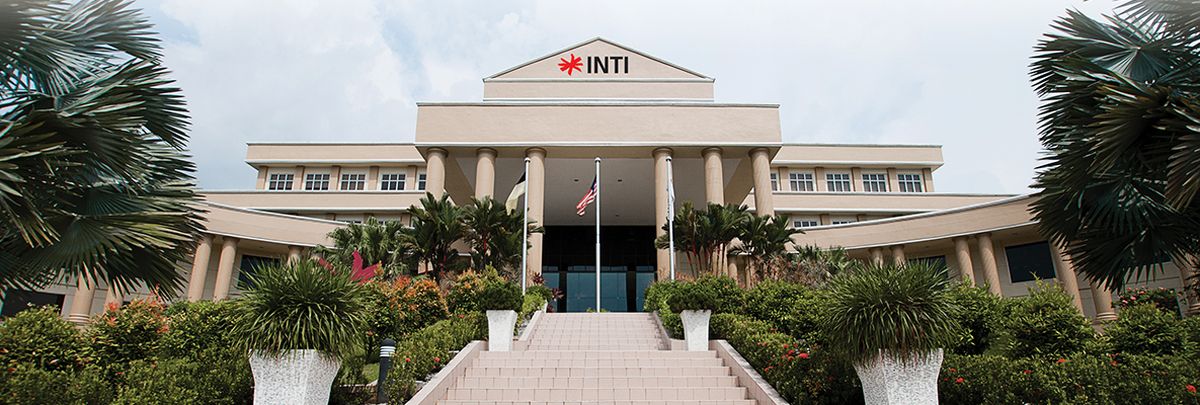
“It has shown a positive impact on my overall grade analysis in the past examinations.”
– Christina Rathy A/P Anthony Samy, Senior Lecturer
Results for students under Christina’s tutelage improved by 4% in just a year, and the gamification of lessons has made a positive impact upon her students. In addition to that, Nur Adilah explains that INTI’s approach helps her to notice—and realise—the potential of “passive” students:
“Students not only get knowledge through F2F session[s], but they experience it through online learning. Knowledge is now an active process and is shared through many platforms in Blackboard, including discussions, Wikis, blogs, journals and [others].”
Dennis says that the blended learning approach helps students who were challenged by the traditional exam based assessments when they were in school, and it offers a balanced approach to assessing student learning through the various utilisations available on Blackboard.
Of course, the transition to this modern approach in education is certainly not without its challenges. Nur Adilah reveals that she herself must be familiar with Web 2.0 tools for every new semester, while Melissa admits that there have been obstacles to overcome with regards to the use of certain advanced technologies.
But ultimately, the success stories make it worthwhile. Melissa shares experiences of augmented reality presentations where students fully engage, share ideas, and learn new “tricks” while collaborating, while Nur Adilah says that underperforming students have been motivated through interactions via Blackboard. Digital tools, Dennis says, have been a wake-up call for students with regards to the evaluation of their performances.
And with the requirements of the modern workforce expected to continually change in the years to come, the evolution of educational methodology isn’t simply a luxury—it’s essential. To find out more about INTI’s programmes and courses, click here.

